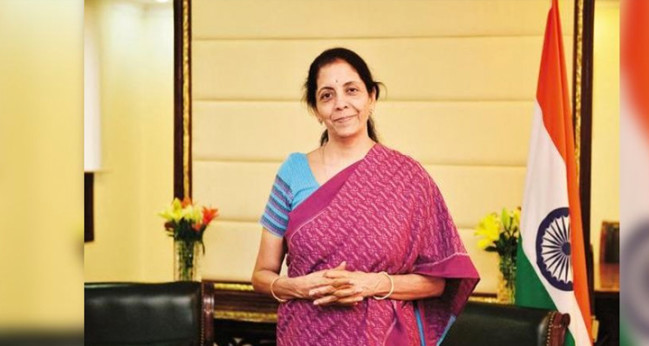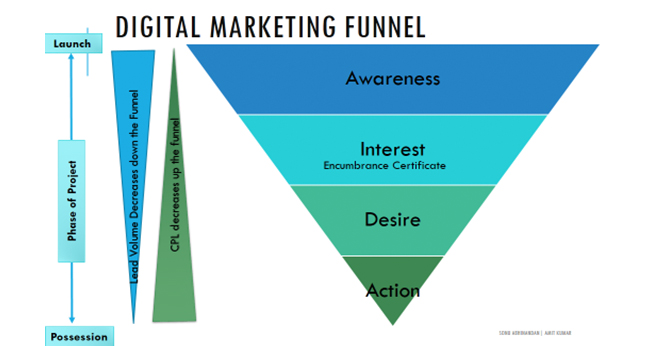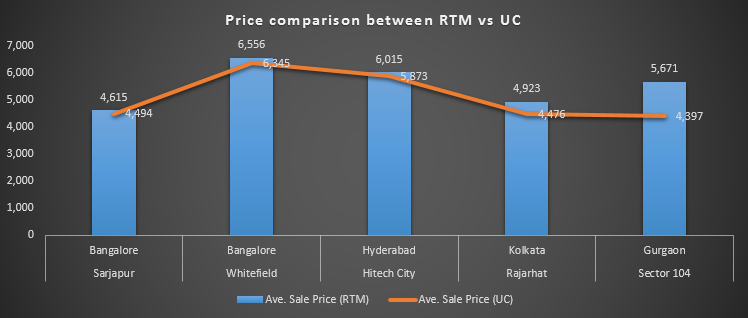“Purva Cash” India’s First Virtual Real Estate Currency By Puravankara
Highlights of India’s first real estate virtual currency “Purva Cash”
- Homebuyers can earn 50,000 Purva Cash on registration
- The offer is introduced for the brand’s flagship home fest – Big 72 home fest
- Ongoing commitment to customer-centric efforts
Ahead of the festive season, Bengaluru-based Puravankara Ltd., One of India’s largest and most populous residential developers, yesterday announced a unique initiative ‘Purva Cash’- first virtual real estate currency for homebuyers planning to book housing units with attractive price and payment plans. The new idea is proposed for Puravankara’s flagship expo – BIG 72 Home Fest (started in 2017 and is a once a year event) to provide added benefits to the home buyers. Purva Cash can be redeemed against any Puravankara and Provident projects located in Bengaluru, Chennai, Kochi, Pune, Hyderabad, Goa, and Mangalore from September 27th-29th, 2019 at Lalit Ashok, Bengaluru.
The Homebuyers can be part of this initiative by registering on the company website, Facebook page or Instagram page of Puravanakra to earn 50,000 “Purva Cash”. Furthermore, a referral bonus of 10,000 Purva Cash will be given to homebuyers for every successful referral. Every individual can win back up to 5 lakhs* of “Purva Cash” depending on their choice of project. Purva Cash can be claimed against any Puravankara and Provident projects and 29th September 2019 is the last date to exchange the currency.
Speaking about the Purva Cash, Ashish R Puravankara, Managing Director- Puravankara Limited, said “Our approach and effort have always been on the line of customer-centricity. This new idea has been conceptualized to give extra benefits to the buyers separate from our usual offerings and interesting schemes. For the first time, virtual real estate cash has been introduced in the real estate market of India.”
“Buying a home is one of the biggest financial decisions in an individual’s life-time. Interested home buyers always look for projects which not only met their needs but also suit their wallet. This is where Purva Cash comes in by providing additional cash to the customers, just by enrolling for the scheme. The buyers can also add more cash to their wallet through referral. This initiative, by Puravankara, ensures loads of benefits to the customer along with the hassle-free home buying experience.” he added.
Upon registering on Puravankara’s company website, the buyer can yield the following benefits:
- 50,000 of Purva Cash on successful registration
- 10,000 Purva cash on each successful referral
- You can also visit – Facebook and Instagram pages of Puravankara, click on the ads and register there to earn 50,000 additional Purva cash
- The first transferable rewards system, where you can transfer your additional Purva Cash to your friends and relatives
- Redemption of Purva Cash on purchase of a Puravankara or Provident home
- Each buyer can redeem up to 5 lakhs* of Purva cash
- Minimum 9% assured saving
- Inspiring on spot booking offers
- The last day to redeem Purva Cash is 29th September 2019
About Puravankara Limited:
Puravankara Limited is one of South India’s leading real estate organization, with pan India presence. In the last four decades (44 years) the company has set two different and successful brands. The flagship brand Puravankara provides to the luxury segment, while Provident Housing Ltd. is placed in the premium affordable segment. The company has 40 million sq.ft. of projects which are completed and delivered around 20 million sq.ft. of projects which are under construction. Down the line, the total land asset of the company is close to 70 million sq.ft.
Image Sources: Puravankara.com








